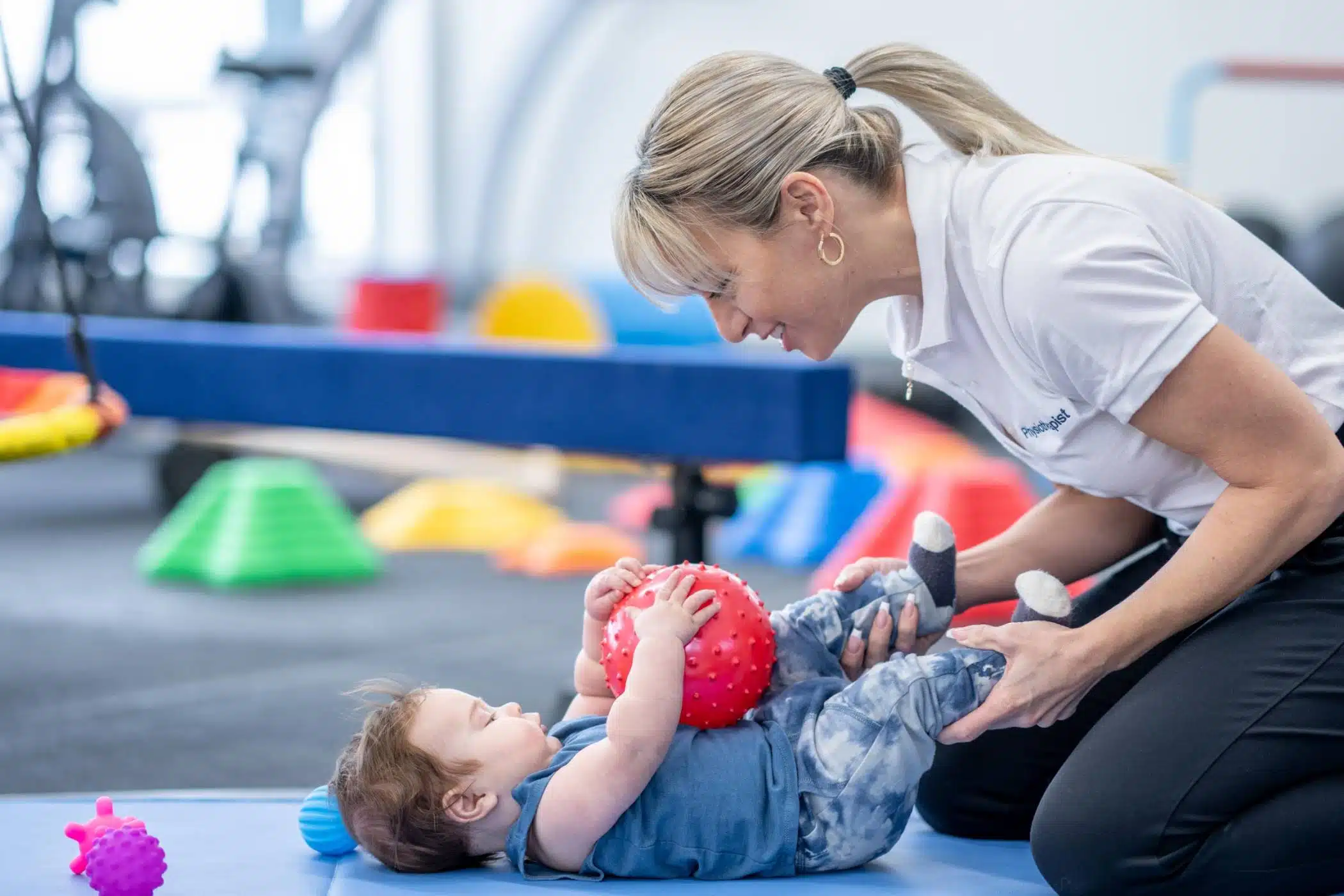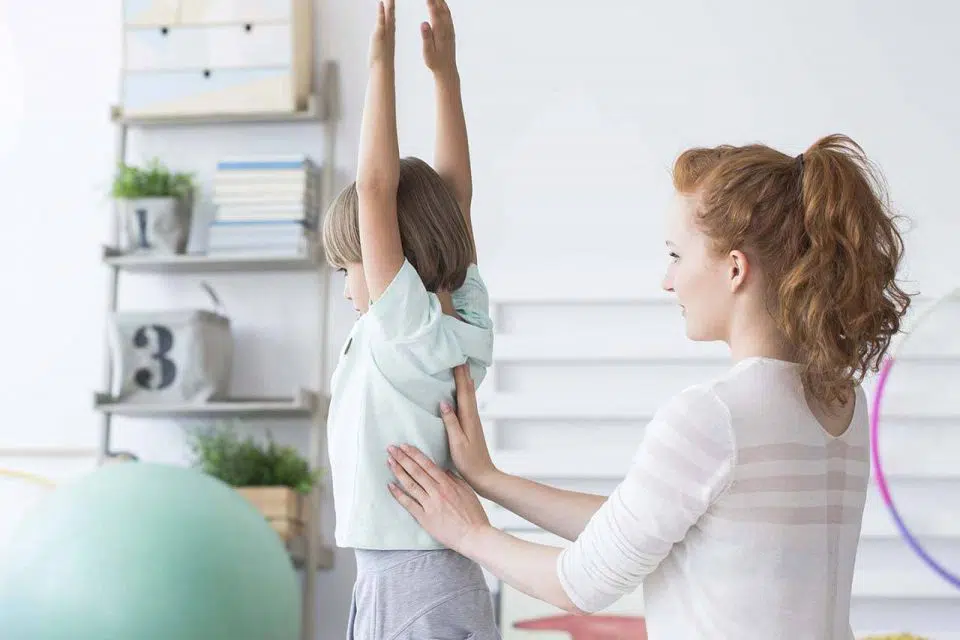What Is Torticollis? Understanding The Condition And Its Causes
Kids
 Posted by: Rebecca Bazzoni 5 months ago
Posted by: Rebecca Bazzoni 5 months ago
Torticollis or “wryneck” is an abnormal position of the head and neck that commonly appears at birth or shortly after. It may look like your infant’s head is tilted to one side and rotated in the opposite direction.

Sometimes a small flattening or bulging of the head, known as plagiocephaly, can also be present.
Causes
Torticollis can either be present from birth (congenital) or it can happen after birth (acquired). Below are some common causes for each:
Congenital Muscular Torticollis (most common)
- Position in the womb before birth
- Abnormal development of the neck muscles
- Trauma to the neck muscles during birth
Acquired Torticollis
- Viral infection
- Injury to the head and neck
- Gastroesophageal reflux (GERD)
- Visual deficits
- Neurological condition
Acquired torticollis can be benign, but it can also be a sign of a more serious health issue. You should consult with your baby’s physician if you see a change in how they consistently position their head and neck.
Treatment of Torticollis
Physical therapy is effective for treating congenital muscular torticollis if begun early. Treatment focuses on stretching exercises and position changes.
Things that you can do at home to help your child include:
- Offering regular, supervised tummy time play
- Placing toys on the non-preferred side to encourage them to turn their head in the opposite direction
- Changing sides you lay their head down on the changing mat. Lay their head to the right during one change and to the left next time. By doing this your child has to change the direction that they turn their head to look at you
- Changing the side you feed them from
Positioning:
- Place a rolled blanket or small towel next to the baby’s head while they are in a car seat to help straighten their neck.
- Hold them with their body tilted in the same direction their head is tilted. This will help them to actively lift their head in the opposite direction
- Lay the baby down on the side they are tilted to. You can use a rolled-up towel behind their back to keep them on their side.
What to Watch For
Watch to make sure your child is gaining skills on both sides of their body. This includes turning their head to both sides, using both hands in play, rolling to either side, and pivoting on their tummy in each direction.
If you have concerns, please contact your physician or physical therapist.
Categories:
You May Be Interested In:





